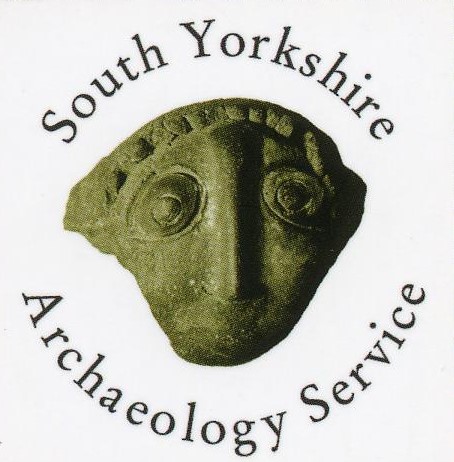Walders Low
Location/Address
Cockshot Hill, about 0.5km east of Bolsterstone.
Type
Landmark, art work or way finder
Assets whose form and function are readily visible, but which are not Buildings. This category includes signage and works of art such as murals and statues.
Description
Walders Low marks the site of a barrow discovered in 1822, when a farmer discovered a fairly complete skeleton in a well defined grave east of Bolsterstone. It was thought then to be Saxon. Charles Macro Wilson, a member of the Wilson family from Broomhead Hall, raised a cairn on the site with a standing stone in the late 19th century, believing it to be the grave of Anglo-Saxon chief Walder. The structure is crude but today forms a landmark widely visible on the horizon.
From the Parish Magazine Nov 1871, written by W. Jackson 1823: "In the month of November 1822, whilst a farmer was engaged in cultivating a piece of rough ground in the immediate vicinity of Bolsterstone, he accidentally pushed his spade into a cavity...and on exploring further he discovered several human bones. The skull was tolerably entire, half the upper jaw with the teeth in a state of good preservation, part of the femur and some portions of the bones of the pelvis; the bones did not appear to be calcined. The grave...was well defined, about 8ft long, 3ft broad and 2ft beneath the surface. The head of the skeleton was towards the west. The soil appeared to be clay, and the earth on the surface like peat earth. About six yards from the grave and a foot under the surface was found an iron axehead (now in the possession of the Sheffield Lit. and Phil. Society).
These relics were found on a conical eminence...the diameter...is about 15 yards, probably 10ft in height. The human bones were found on the western side, midway between the base and the summit. There is no trace of a trench around the base of the hill, but it is clearly the production of art. It is highly probably that this cone of earth was a sepulchre of the Saxons after their conversion to Christianity."
Statement of Significance
Asset type
Archaeological site + monumentAge
Walders Low is marked on the 1850 OS map. The barrow could be either Saxon or earlier. No finds from the excavation were placed in the care of Sheffield Museums.Rarity
Barrows, whether Saxon or prehistoric, are not common in the area.Architectural and Artistic Interest
The standing stone used to mark the site later in the 19th century very much reflects the boundary stones, guideposts and standing stones found on the moors nearby.Historic Interest
Walders Low was believed to be the burial place of chief Walder, after which the old local area Waldershelf is named (Domesday Book).Archaeological Interest
The barrow reflects the antiquity of the nearby village of Bolsterstone.Landmark Status
The cairn is a significant landmark in the local community, widely recognised from all viewpoints.Images and Documents
Date Listed
18 Sep 2023
Last Updated
13 Jun 2023
Comments and Feedback
Do you have any questions or more information about this record?







